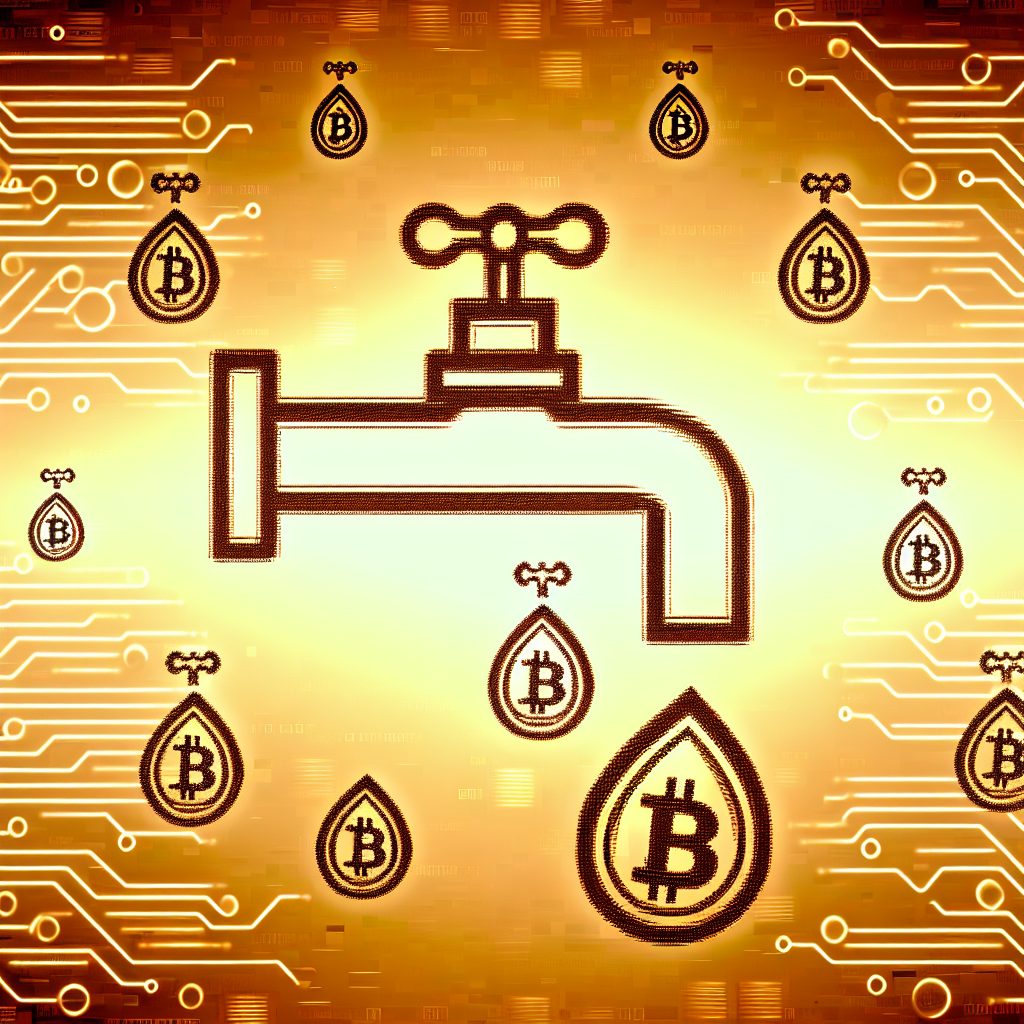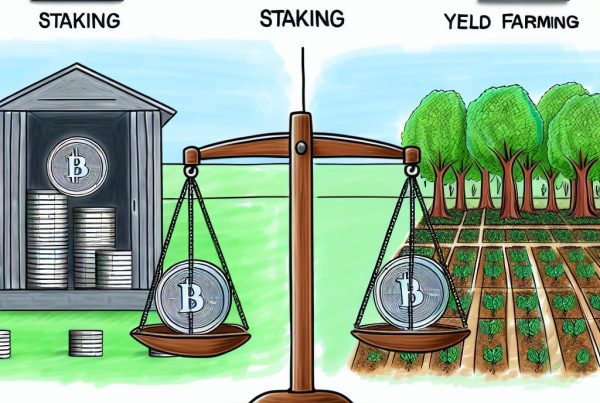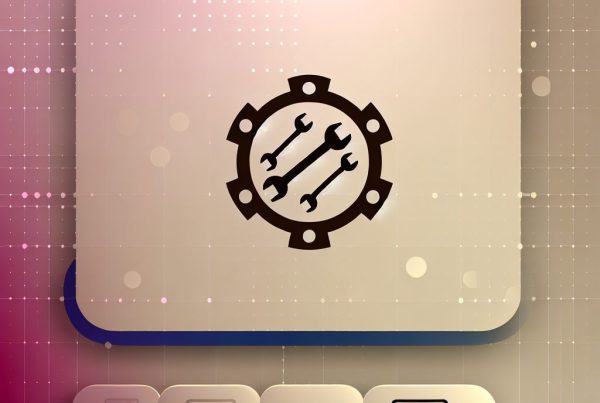How to Use a Crypto Testnet Faucet
The world of cryptocurrency is constantly evolving, and for developers and enthusiasts alike, understanding how to interact with blockchain networks is crucial. One of the most effective ways to experiment with blockchain technology without financial risk is through the use of a crypto testnet faucet. This article will guide you through the process of using a testnet faucet, its benefits, and practical applications in the cryptocurrency industry.
What is a Crypto Testnet Faucet?
A crypto testnet faucet is a service that provides free tokens on a test network (testnet) of a blockchain. These tokens are not real cryptocurrencies and hold no monetary value; however, they are essential for developers and users to test their applications, smart contracts, and transactions in a risk-free environment. Testnets simulate the main blockchain but are designed for testing purposes, allowing users to experiment without the fear of losing real funds.
Why Use a Testnet Faucet?
Using a testnet faucet offers several advantages:
- Risk-Free Testing: Developers can test their applications without the risk of losing real money.
- Learning Opportunity: New users can familiarize themselves with blockchain technology and cryptocurrency transactions.
- Smart Contract Development: Developers can deploy and test smart contracts in a safe environment.
- Community Engagement: Many testnets have active communities that provide support and resources.
How to Find a Testnet Faucet
Finding a reliable testnet faucet is the first step in your journey. Here are some popular testnets and their corresponding faucets:
- Ethereum Testnet (Rinkeby, Ropsten): Faucets like Rinkeby Faucet and Ropsten Faucet provide free ETH for testing.
- Bitcoin Testnet: Use the Testnet Faucet to receive free testnet BTC.
- Binance Smart Chain Testnet: The BSC Faucet offers free BNB for testing.
Steps to Use a Crypto Testnet Faucet
Using a testnet faucet is a straightforward process. Follow these steps to get started:
Step 1: Set Up a Wallet
Before you can use a testnet faucet, you need a wallet that supports the testnet you are interested in. Here are some popular wallets:

- MetaMask: A widely used browser extension that supports multiple testnets.
- Trust Wallet: A mobile wallet that supports various cryptocurrencies and testnets.
- MyEtherWallet: A web-based wallet for Ethereum and ERC-20 tokens.
After installing your wallet, switch to the appropriate testnet in the wallet settings.
Step 2: Locate the Faucet
Visit the faucet website for the testnet you are using. Ensure that you are on the correct site to avoid scams. Always double-check the URL and look for community recommendations.
Step 3: Request Tokens
Once on the faucet site, you will typically need to provide your testnet wallet address. Follow these steps:
- Copy your wallet address from your wallet.
- Paste the address into the faucet’s request form.
- Complete any CAPTCHA or verification process required by the faucet.
- Submit your request.
After submitting, you should receive your testnet tokens within a few minutes. If not, check the faucet’s guidelines or community forums for troubleshooting tips.
Step 4: Verify Receipt of Tokens
Open your wallet and check your balance. You should see the testnet tokens credited to your account. If you don’t see them, ensure you are connected to the correct testnet and refresh your wallet.
Common Issues When Using Testnet Faucets
While using testnet faucets is generally straightforward, users may encounter some common issues:
- Insufficient Funds: Some faucets have limits on how much you can request within a certain timeframe.
- Network Congestion: During peak times, transactions may take longer to process.
- Expired Tokens: Some faucets may have tokens that are no longer valid, so always check for updates.
Real-World Applications of Testnets
Testnets play a crucial role in the development and deployment of blockchain applications. Here are some notable use cases:
- Decentralized Finance (DeFi): Developers can test lending protocols, decentralized exchanges, and yield farming strategies without risking real assets.
- Non-Fungible Tokens (NFTs): Artists and developers can create and mint NFTs on testnets to experiment with different functionalities.
- Gaming: Game developers can test in-game economies and token mechanics in a controlled environment.
For instance, the popular DeFi platform Uniswap initially used testnets to refine its smart contracts before launching on the Ethereum mainnet. This approach allowed them to identify and fix vulnerabilities, ensuring a smoother launch.
Frequently Asked Questions (FAQs)
What is the difference between a testnet and a mainnet?
A testnet is a testing environment where developers can experiment with blockchain applications without using real cryptocurrency. In contrast, a mainnet is the live version of a blockchain where real transactions occur, and actual cryptocurrencies are used.
Are testnet tokens valuable?
No, testnet tokens have no real-world value. They are solely for testing purposes and cannot be exchanged for real cryptocurrencies.
How often can I use a testnet faucet?
This varies by faucet. Some allow multiple requests per day, while others may limit you to one request every few hours or days. Always check the faucet’s rules.
Can I use a testnet faucet for any blockchain?
Not all blockchains have testnet faucets. You need to find a faucet specific to the blockchain and testnet you are interested in.
What should I do if I don’t receive my tokens?
If you don’t receive your tokens, check the faucet’s guidelines, ensure you are on the correct testnet, and verify that you completed all required steps. You can also seek help from community forums.
Conclusion
Using a crypto testnet faucet is an essential skill for anyone looking to explore the world of blockchain technology. Whether you are a developer testing smart contracts or a newcomer learning about cryptocurrency transactions, testnets provide a safe and effective environment to gain experience. By following the steps outlined in this article, you can easily access testnet tokens and start experimenting with various blockchain applications.
For the latest news and updates in the cryptocurrency space, consider visiting Bitrabo. Stay connected with me on social media for more insights: X, Instagram, and Threads.
Disclaimer: The information provided in this article is for educational purposes only and should not be considered financial advice. Always do your own research before engaging in cryptocurrency transactions.
The Crypto Watchlist of the Week 🔎
Subscribe to receive expert-curated projects with real potential—plus trends, risks, and insights that matter. Get handpicked crypto projects, deep analysis & market updates delivered to you.


